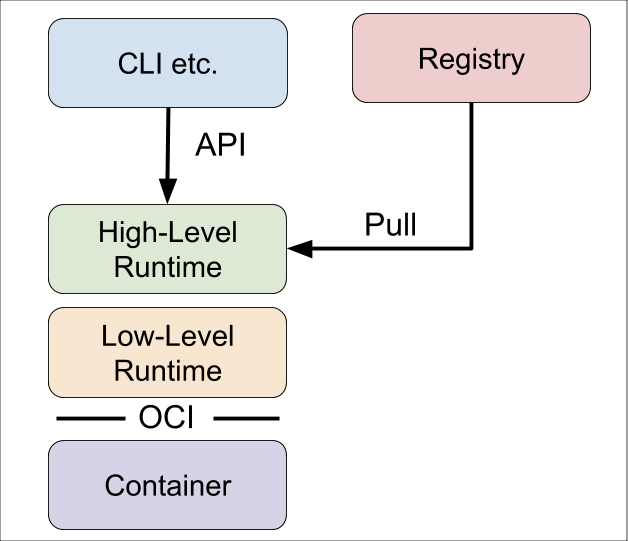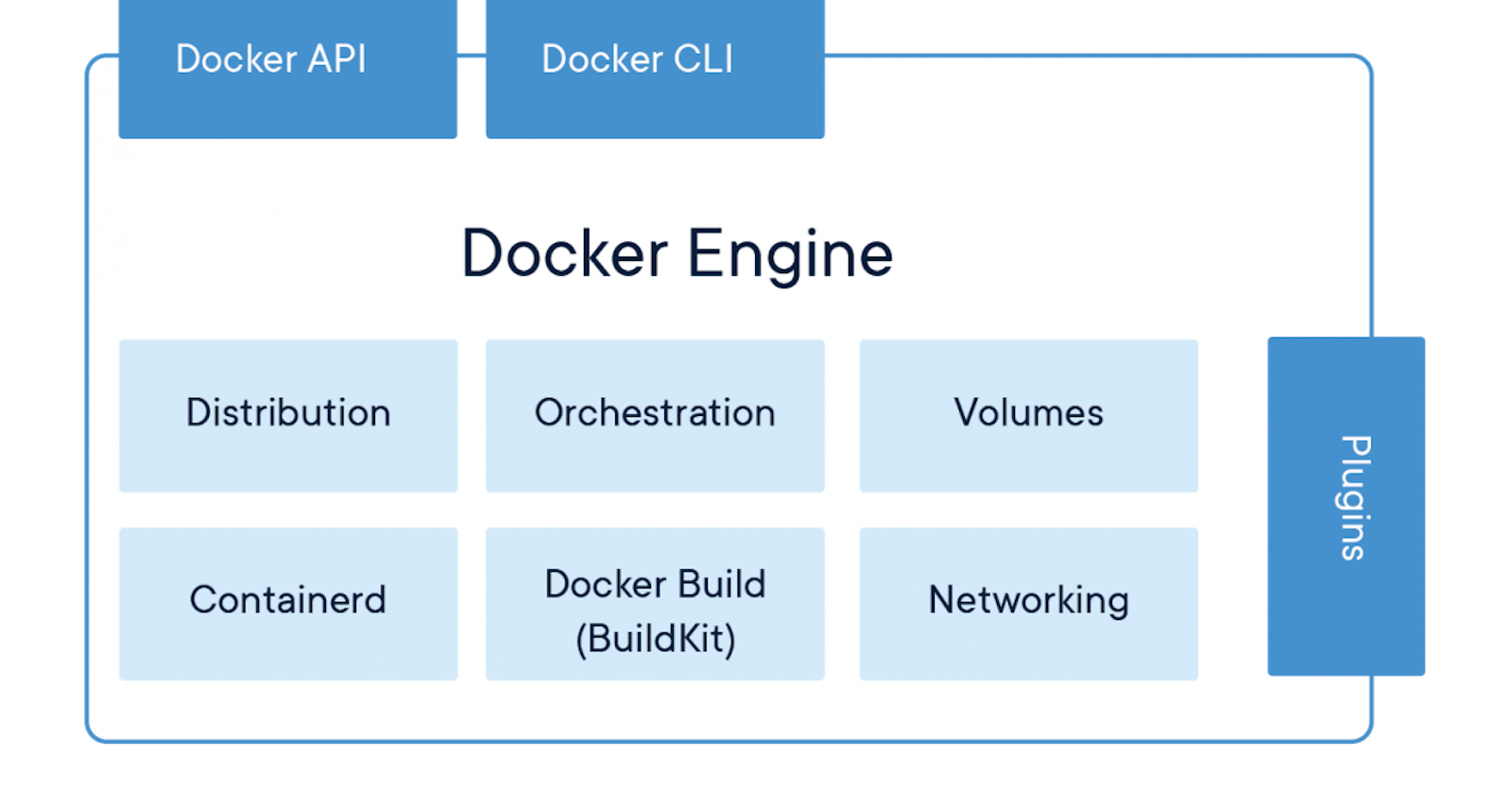A Tale of Two Runtimes: Understanding Docker's Low-Level and High-Level Runtimes
Runc and Containerd - What's the Difference and When to Use Them?
Introduction
Docker is a popular platform that allows developers to build and run containerized applications. The Docker runtime is a critical component of this platform that provides the environment for running containerized apps. In this technical blog, we will discuss the two flavors of the Docker runtime - low-level runc and high-level containerd - and their use cases.

Low-Level Runtime: runc
Runc is a low-level runtime that provides the fundamental capability for starting and stopping containers. It is compliant with the OCI (Open Container Initiative) runtime definition and offers a basic level of functionality. Runc creates and manages namespaces, cgroups, and the file system for containers. It is designed to be simple, stable, and secure.
Runc is commonly used as the default runtime for Docker containers. It is lightweight and efficient, making it ideal for running single containers on a single host. Runc provides basic container management functionality and is suitable for developers who want low-level control over their containers.
High-Level Runtime: containerd
Containerd is a high-level runtime that offers a full suite of tools for managing container images, their lifespan, and their distribution. It provides a greater level of abstraction than runc and is designed to be modular and flexible. Containerd has features like image management, container snapshotting, and network management.
Containerd is commonly used as the runtime for Kubernetes and other container orchestration platforms. It is suitable for developers who need to manage large numbers of containers across multiple hosts. Containerd offers a higher level of abstraction than runc, making it easier to manage and automate container deployments.

Conclusion
In conclusion, the Docker runtime is a crucial component of the Docker platform that provides the environment for running containerized apps. The low-level runc and high-level containerd runtimes offer varying degrees of abstraction and capability, depending on the particular requirements of the container deployment. Runc is commonly used as the default runtime for Docker containers, while containerd is commonly used as the runtime for Kubernetes and other container orchestration platforms. Developers can use these runtimes together or individually, depending on their needs.
